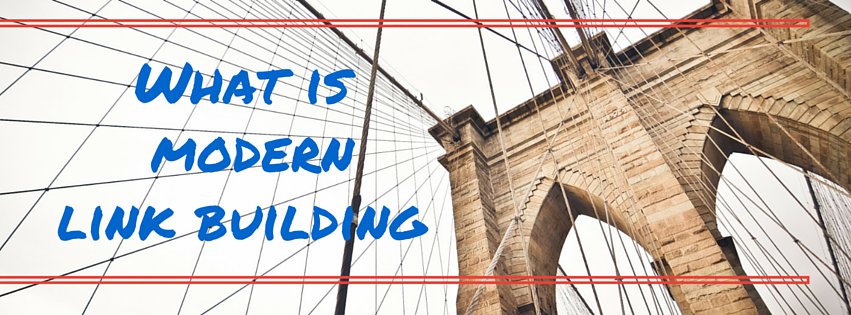There’s no uncertainty about it – site speed matters now like never before some time recently. As normal web internet speeds, website users are decreasing and less tolerant of slow load times. In the meantime, Google has expressed unequivocally that website speed also matters in a higher position in natural search results pages.To take these double advantages, you have to improve your site loading speed.
Are you looking for ways to increase the speed of your site? Here’s what you need to know.
5 Ways To Increase The Speed Of Your Website
1. Choose A Fast Theme
When you’re choosing a good WordPress theme for your site, you need to consider speed optimization. Note that, some of the best themes are actually coded poorly and will actually slow down your site. Therefore, it’s always advisable to choose a simpler theme and get the features you need using quality plugins. Rather than choosing a theme with complex layouts or flashy animations as well as unnecessary features that slow down your site.
The premium WordPress theme shops such as Array Themes, Themify and StudioPress provide features that are properly coded and optimized for speed accordingly. Also, before activating your new theme, you can always find out how to switch your WordPress theme for the smoothest transition possible.
2. Eliminating The Unnecessary Plugins
Website owners are always tempted to add more scripts and plugins than they actually need because most of them are freely available. Always remember that any plugin in your site requires more resources to operate which might make your site slower. Matthew Woodward advises that before adding a new plugin to your site, you should assess whether the functionality is actually worth losing some speed.
Additionally, you can also consider whether the plugin’s content can be coded into your site’s theme. Have you noticed that your site is running slowly? Are you looking for ways to boost the speed of your site? First, you should check all the plug-ins in your site. Start by disabling one by one and run the site through a checker to assess the current speed of your site.
If you notice that your site’s speed increases after deactivating a plugin, then you don’t have to install it again. Of course, if that plug-in guarantees the optimal functionality of your site, you can experiment with other options with the same functionality until you find one that doesn’t affect the speed of your website.
Keep in mind that removing plug-ins can clear out any conflicts that arise with too many plug-ins being active at once. Note that, if there are too many of them active at once, their code might conflict causing them to work poorly.
3. Find The Best Caching Plug-in
Any plugins you will find on WordPress are very useful and they actually fall under the caching category. They often improve the page loading time and they are easy to use and free. Therefore, you should find a caching plugin with all the features you need and is easy to use and install. Once you find it, install then activate and your page will load faster since all the elements are cached.
4. Use A CDN (Content Delivery Network)
Numerous WordPress blogs are using a content delivery network (CDN). If you’re interested in online marketing through WordPress, then you will find that others in your field are using the same CDN. The content delivery network usually takes all the static files on your sites such as Images, Javascript and CSS and allows your site visitors to download them fast enough by serving them to servers close enough to their location. You can try out the Max CDN on your WordPress site since they have reasonable prices with easy to use dashboards. Even better, there are video tutorials to help you with the setup process for the best results.
5. Automatic Optimizing Of Images
Smush is an image optimizer used on Yahoo that reduces the file size of the image without reducing the quality. Of course, if you have to do it to every image, it’s going to be a long, daunting and exhausting process. You can always try out WP-Smushit, a free plugin which optimizes your images automatically when you’re uploading them. Therefore, it’s a good thing to install on your site for the best results.
Also, Read:
Page Speed: How It Impacts Your Website Ranking and How To Improve It
Tips for Optimizing Your Website For Mobile Users
Conclusion:
With these useful tips, your site will start loading faster and your visitors can always enjoy their time on your site. Whether they are navigating to a new page or moving on to a different post, they will have an easy time finding the content they need.








wow its a great Tips For Speeding up our website this information are awsome for us thanks for sharing us
Hi, it’s very great tips for SEO
thank you for sharing this keep up the work.
Really very goods tips. Thanks for sharing this with us. It will be a great help for my website.
These tips were really helpful. Looking forward for more info from your blogs. Thanks a lot for posting. Really Helpful. Keep up the good work.
Great post Arpit. A lot of useful information mentioned there. I would also like to suggest Gzip Ninja Speed plugin for the for the WordPress sites. User can also get benefits from Google PageSpeed Insights.
I think that choosing a theme can be overwhelming from the number of choices out there.
The CDN is a verry important factor in speeding the website. Minifying css and javascript ( part of seo on page optimisation ) is also important.
BEST PLUGINS FOR WORDPRES :
reSmush.it Image Optimizer
W3 Total Cache
Yoast SEO
Akismet Anti-Spam
API KEY for Google Maps
Check and Enable GZIP compression
Google Analytics for WordPress by MonsterInsights
Google XML Sitemaps
Redirection
Great article!